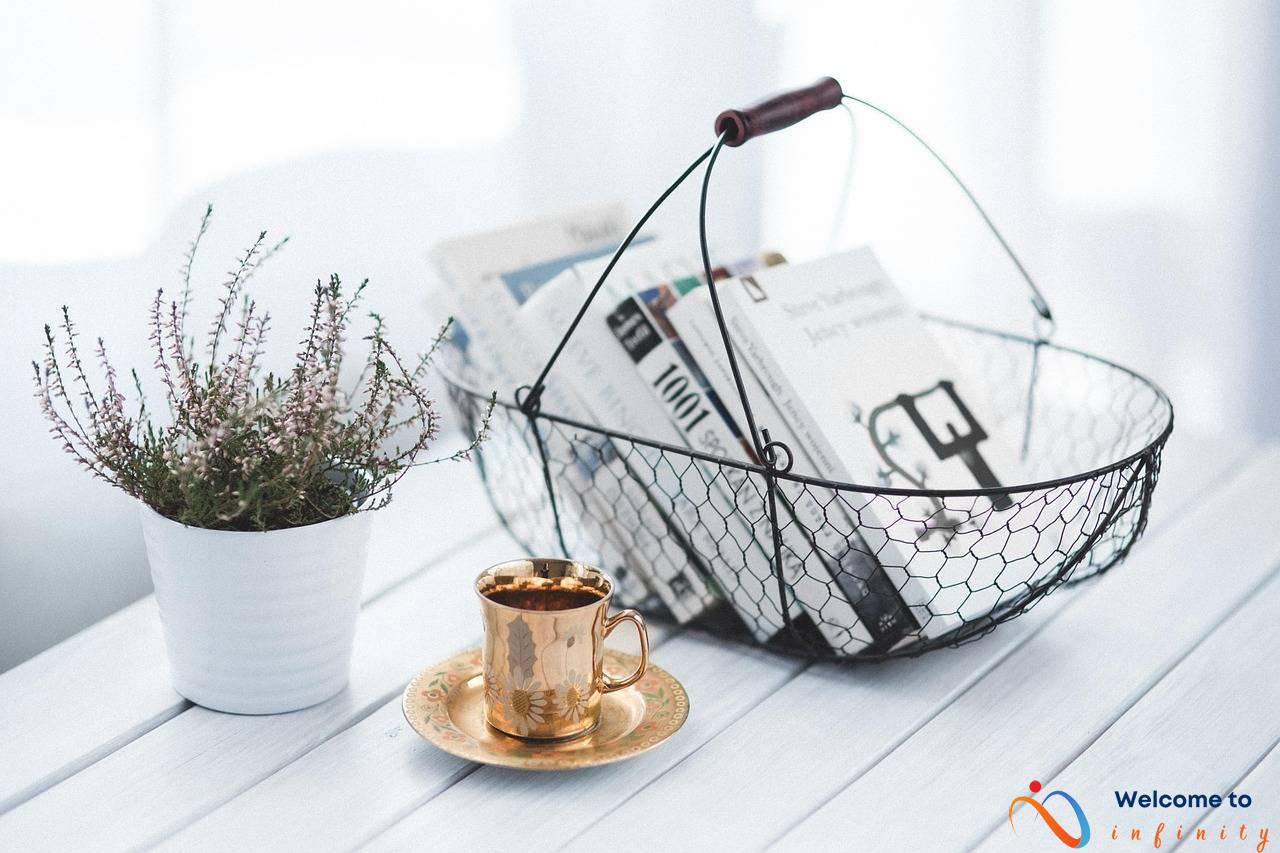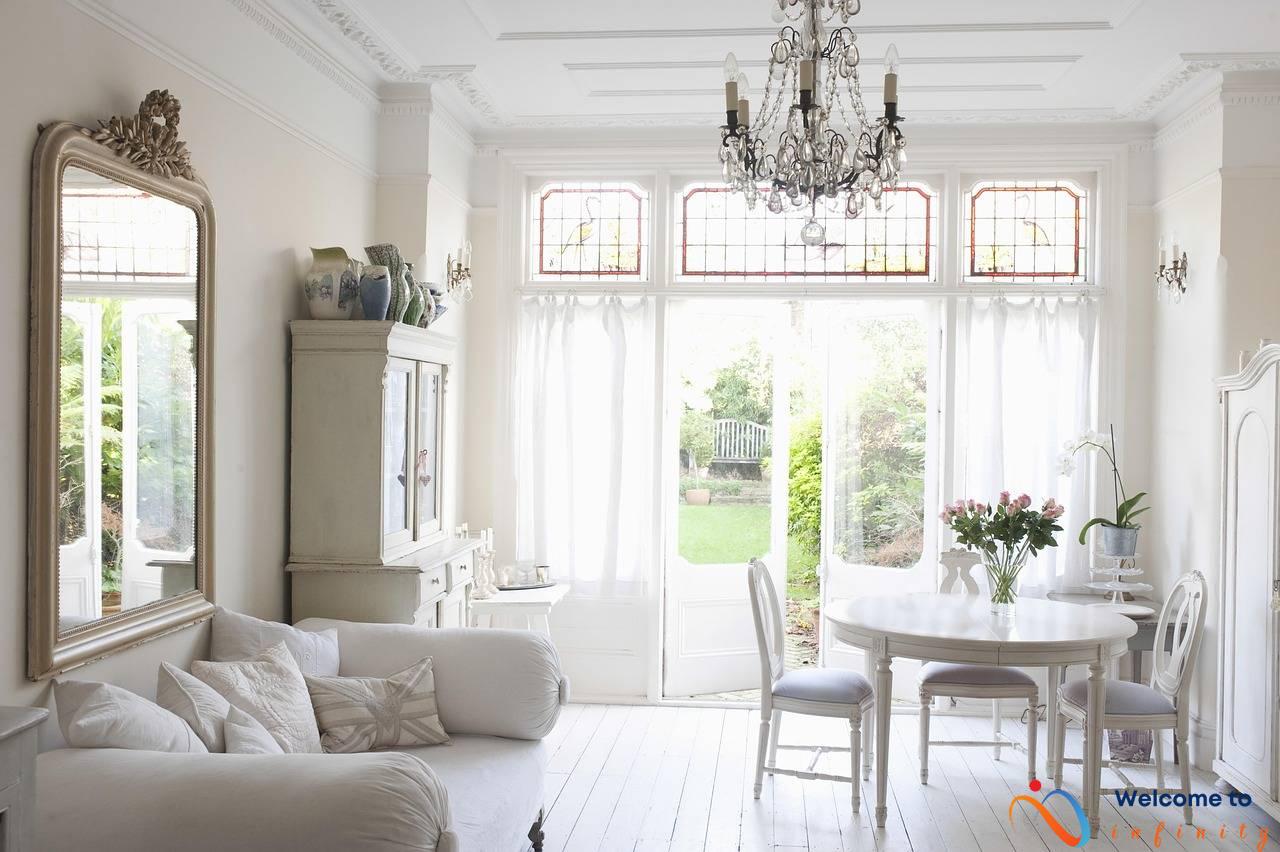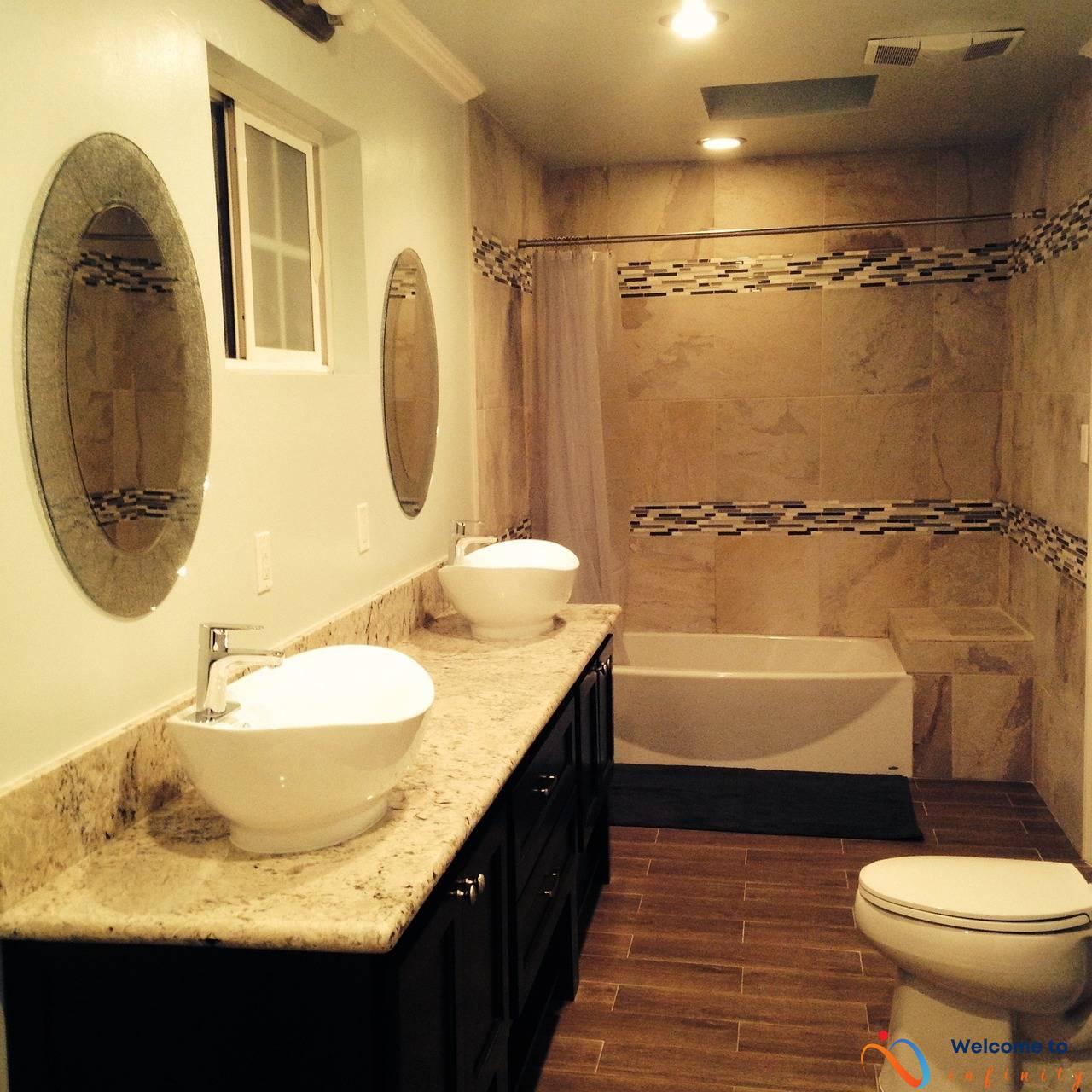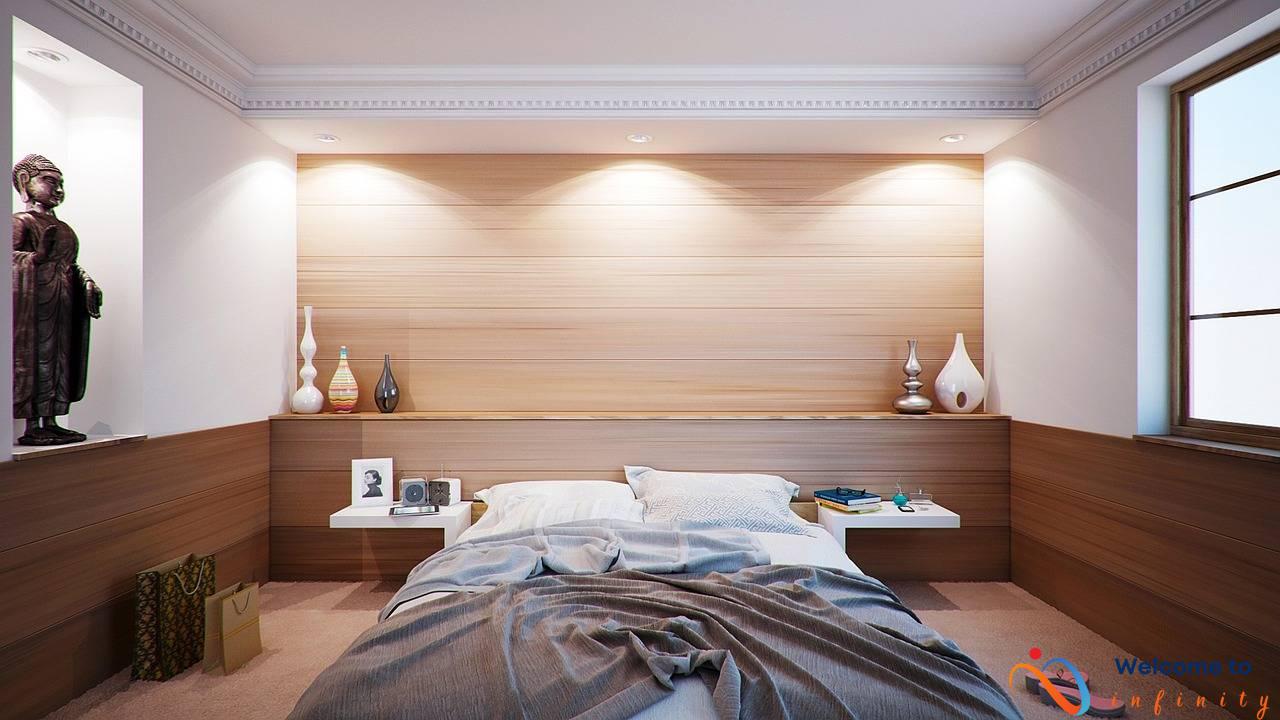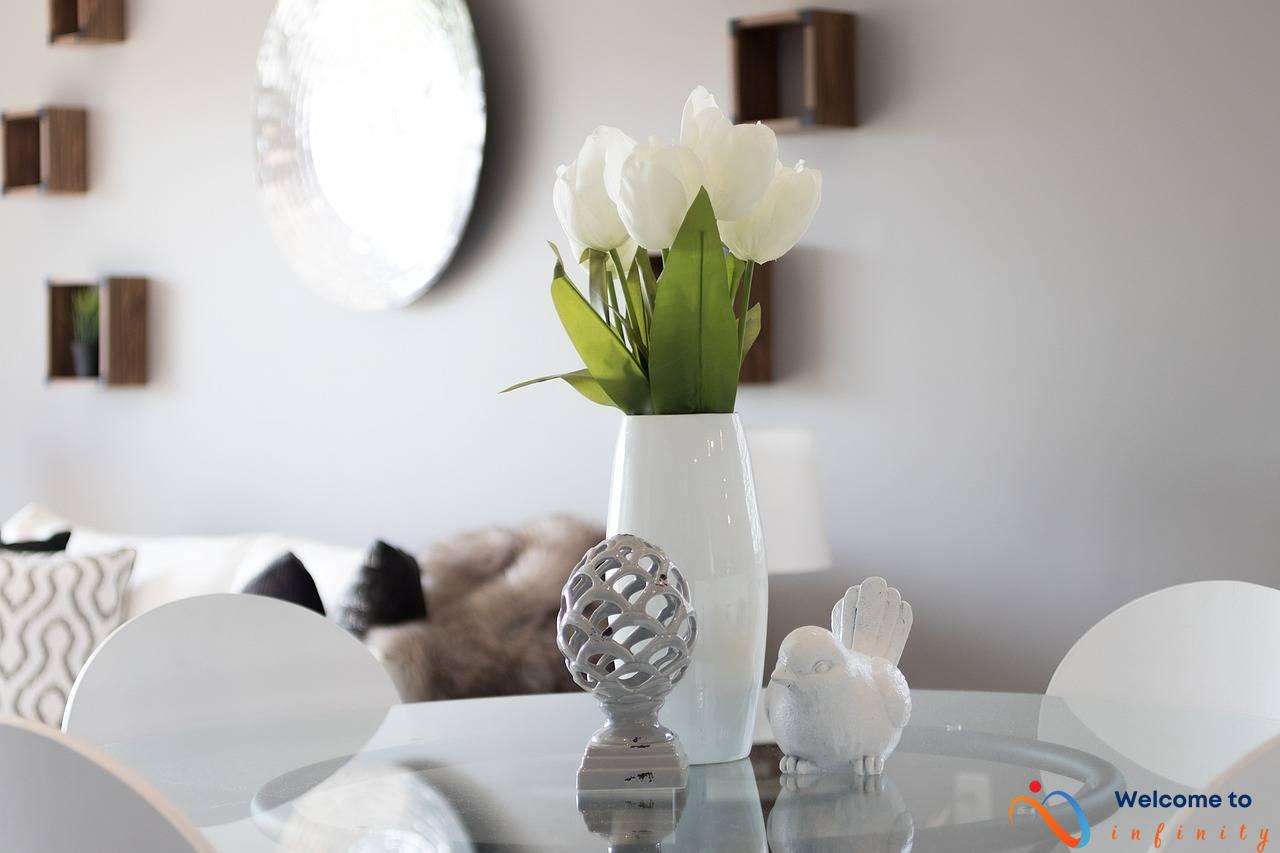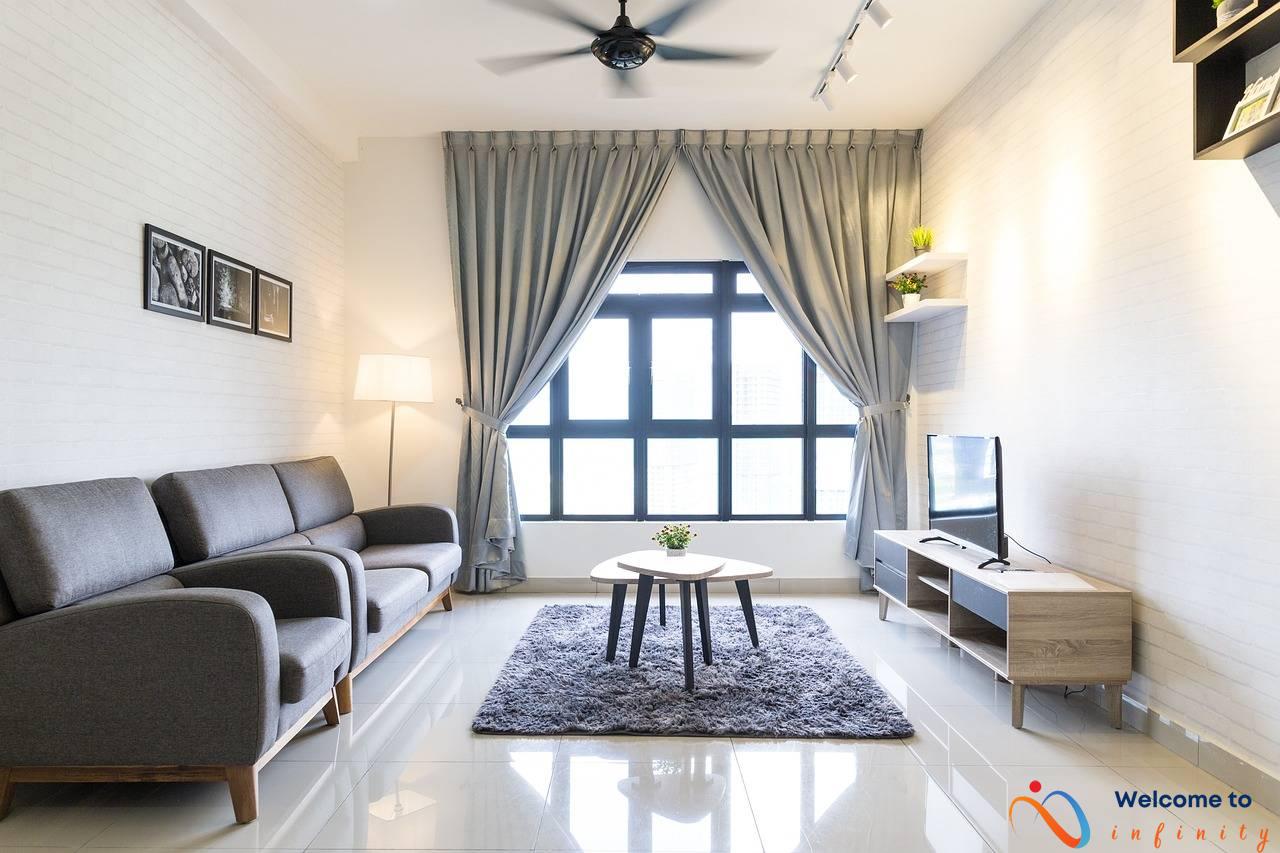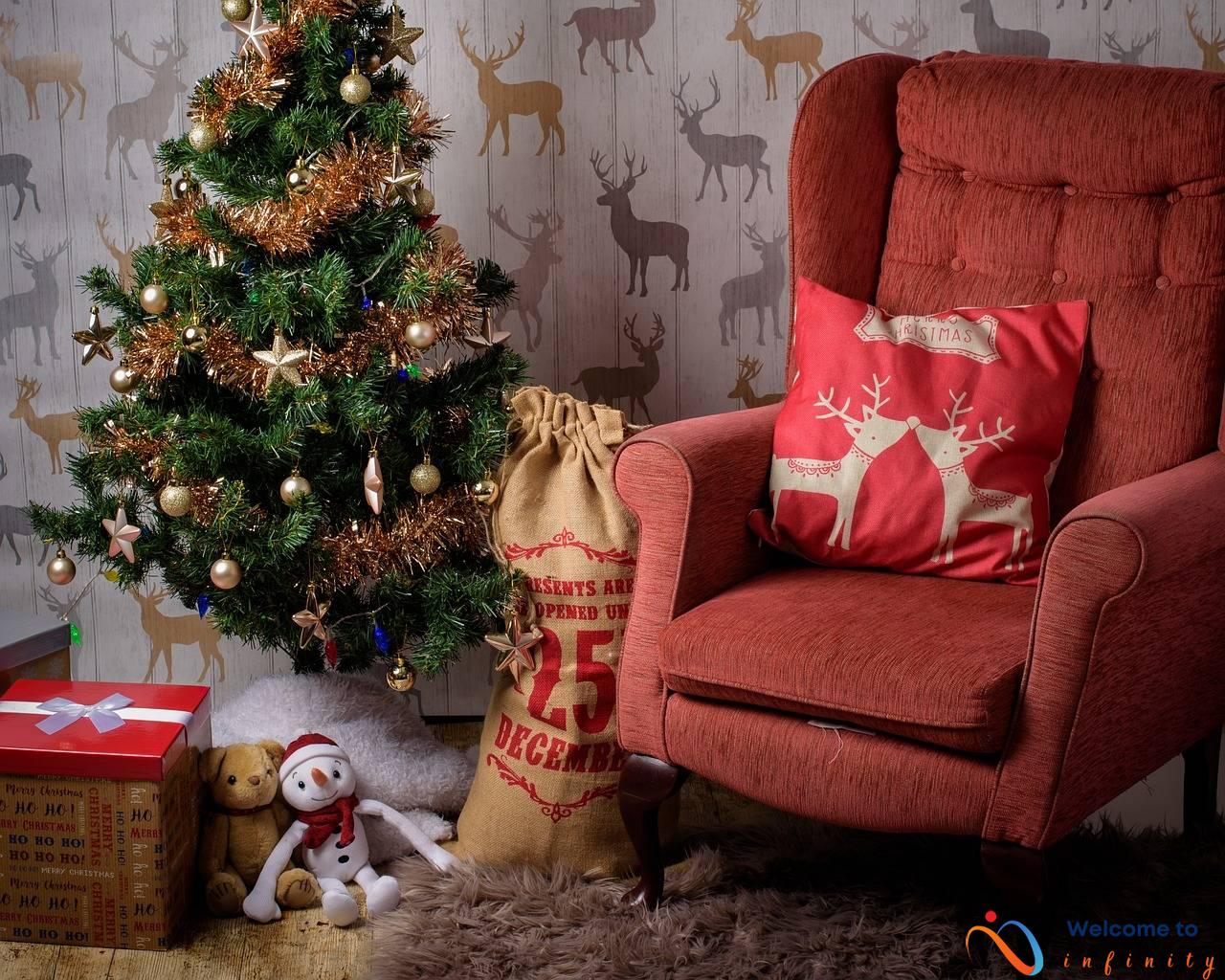If you're looking for inspiration to create a more organized home, look no further than Scandinavian design. Known for its minimalistic and efficient approach, this design ethos can be applied to your cleaning and organization habits as well. By embracing minimalism and streamlining your daily routines, you can create a calm and clutter-free living space.
To get started, assess your belongings and cut down on unnecessary items and clutter. This will make it easier to keep things organized and in their proper place. Create a cleaning schedule to break down tasks into manageable daily, weekly, and monthly to-do lists. Utilize storage solutions like shelves, hooks, and baskets to maximize space and keep belongings off the floor and out of sight. Consider investing in quality storage pieces such as a sturdy bookshelf or sleek cabinets to enhance functionality and aesthetic appeal.
Labels can also be a helpful tool for identifying where everything belongs, minimizing confusion and aiding in organization. Focus on functionality when choosing furniture pieces and consider versatile items that serve multiple purposes, such as a multipurpose coffee table or storage ottoman. To make the most of your space, optimize vertical areas like walls for additional storage. Practice the one-in-one-out rule – for every new item that enters the home, another should be removed to prevent clutter accumulation.
Finally, designate a place for items to be donated or discarded to expedite decluttering and cultivate a more minimalistic approach over time. By implementing these tips and hacks inspired by Scandinavian design, you can achieve a neat and tidy home with ease.
Embrace Minimalism
Minimalism is not only a design philosophy but also a way of life embraced by many Scandinavian countries. By adopting a minimalist mindset, you can easily keep your home organized and tidy.
Reducing unnecessary items and clutter not only frees up space but also allows you to focus on the essentials. Start by assessing each room and identifying items that you no longer need or use. Take a minimalist approach by keeping only what is necessary and selling or donating the rest.
One way to avoid accumulating clutter is to have a designated storage area for non-essential items. For example, keep seasonal items in a labeled container in the attic or basement. If you haven't used it in the last six months, consider letting it go.
Another way to minimize clutter is to develop a shopping strategy. By avoiding impulse purchases and only buying things that are truly needed, you'll cut down on the amount of unnecessary items in your home.
- Assess your possessions and donate or sell what you don't need
- Create designated storage areas for non-essential items
- Develop a shopping strategy to avoid unnecessary purchases
Embracing minimalism is about more than just decluttering your space. It's also about choosing quality over quantity and investing in pieces that serve a purpose. By streamlining your possessions and shopping habits, you can create a more organized and efficient living environment.
Create a Cleaning Schedule
Maintaining a clean and organized home requires effort and consistency. Creating a cleaning schedule is an effective way to stay on top of daily, weekly, and monthly cleaning tasks. By breaking down cleaning tasks into manageable to-do lists, you can prioritize which areas of your home require the most attention.
Start by identifying the areas of your home that require daily cleaning, such as washing dishes, making the bed, and wiping down kitchen counters. Once these tasks become part of your daily routine, move on to cleaning tasks that can be completed on a weekly basis, such as vacuuming and dusting. Finally, establish monthly cleaning tasks like deep cleaning carpets or organizing closets.
To make it easier to stick to your cleaning schedule, consider breaking down each task into smaller, more manageable tasks. For example, instead of having “clean the bathroom” on your list, break it down into smaller tasks like wiping down the sink and cleaning the toilet.
Another tip for staying on top of your cleaning schedule is to designate specific days for completing each task. For example, Monday can be the day for washing the floors and Tuesday can be the day for cleaning the bathrooms. By having a set schedule, cleaning tasks become less overwhelming and easier to manage.
Creating a cleaning schedule may seem like a tedious task, but it can be a game-changer for keeping your home organized. So, grab a notebook or download a cleaning schedule app and start prioritizing your cleaning tasks today!
Utilize Storage Solutions
When it comes to organizing your living space, utilizing the right storage solutions is crucial. By making use of shelves, hooks, and baskets, you can maximize space and keep belongings off the floor and out of sight. This is especially important for small living spaces where clutter can quickly accumulate and make the area feel cramped.
A great way to start is by identifying which items need to be stored and where they will be stored. This will help you determine which storage solutions will work best. For example, using floating shelves can be a space-saving way to store books, while baskets can be used to organize loose items such as blankets, throw pillows, or even shoes. Hooks can be placed on walls to hold bags, hats, or coats.
Another great storage solution is investing in multipurpose furniture. A bed frame with built-in drawers can be used to keep clothes or bedding off the floor, while a storage ottoman or bench can be used to hide clutter such as extra blankets or remote controls. Consider purchasing a stylish bookshelf to not only store books but also display decorative items, making it both functional and aesthetically pleasing.
When organizing, it's important to label items so that they can easily be found. This is especially important when using containers or boxes to store items. Use a label maker or write directly on the container with a permanent marker to ensure that everything stays organized and easy to find.
Overall, utilizing storage solutions can help keep your living space organized and clutter-free. By making use of shelves, hooks, and baskets, you can maximize space and keep belongings off the floor and out of sight. Don't be afraid to invest in quality storage pieces or multipurpose furniture to further enhance your space's functionality and aesthetic appeal.
Invest in Quality Storage Pieces
Investing in quality storage pieces is essential for a clutter-free and organized living space. Quality storage pieces such as a sturdy bookshelf or sleek cabinets not only provide ample storage space but also enhance the aesthetic appeal of a room. To ensure maximum functionality, consider adding storage solutions that blend seamlessly with the existing décor and color scheme of a room.
When choosing storage pieces, prioritize durability, functionality, and design. Research for quality and reliable brands to guarantee that the investment will be worth the cost. While there are numerous storage options available, choosing the right storage pieces is crucial to a properly organized home.
For spaces with limited floor area, consider opting for vertical storage units or floating shelves to make the most of the available space. Bookshelves are a great choice for showcasing both books and decorative pieces. Wall-mounted cabinets, on the other hand, can provide closed storage space while adding an aesthetic touch to a room.
Carefully selecting storage pieces transforms a cluttered room into a streamlined area while positively impacting the aesthetics of a room. Functionality, quality, and design are the key considerations when investing in storage solutions, and an organized home is guaranteed to bring peace and harmony to its inhabitants.
Use Labels for Identification
Labels are an efficient and easy-to-implement solution for organizing your home. By clearly marking where items belong, you can avoid mixing items up or losing track of them altogether. Labeling can also help save time when trying to find a specific item, as you will know exactly where it is located.
To get started, consider investing in a label maker or printing out labels from a computer. Be sure to use a clear and legible font that is easy to read. You can label anything from containers and shelves to drawers and cabinets, depending on your unique organizational needs.
If you prefer a more hands-on approach, consider using chalkboard labels that can be written on and erased as needed. This is a great option for those who frequently change their organizational scheme or need flexibility in labeling.
For a more aesthetically pleasing approach, opt for decorative labels that match your home's style and decor. This can add a cohesive and stylish touch to your organizational system.
Using labels can also be helpful for family members or roommates who share a space. By clearly marking each person's belongings, you can avoid confusion and misunderstandings. You can also use labels as a way to delegate chores or tasks, such as labeling a specific drawer for each family member's laundry.
Overall, labels are a simple yet effective organizational tool that can make a big difference in maintaining a neat and tidy home. Give it a try and see how it can help streamline your daily routines.
Focus on Functionality
When it comes to creating an organized home, it's important to focus on functionality. One way to do this is to choose furniture pieces that serve multiple purposes, such as a multipurpose coffee table or storage ottoman. Not only do these pieces provide practical storage solutions, but they can also serve as a statement piece in a room.
A multipurpose coffee table, for example, can be used as a centerpiece for a living room and can double as a storage unit for books, magazines, and remote controls. Similarly, a storage ottoman can provide extra seating while also serving as a storage space for blankets, pillows, and other small items. By choosing furniture pieces that are both stylish and functional, you can create a clutter-free, streamlined living space.
In addition to furniture pieces that multitask, it's also important to consider the layout of a room. A well-thought-out floor plan can make a small space feel more spacious and open. Consider using furniture that can be easily moved or rearranged, such as a modular sofa or a set of nesting tables. These pieces can be shifted around to accommodate different activities or to create more open space when needed.
Finally, don't forget about the power of vertical storage. By installing shelves or using bookcases with adjustable shelves, you can take advantage of the vertical space in a room and maximize storage capacity. Utilizing the walls in this way can also help to free up valuable floor space, making a room feel more spacious and open.
Streamline Daily Habits
Keeping a clean and organized home requires a commitment to regular daily routines. Simple habits like making the bed and putting away belongings right after use can go a long way in creating a neat and tidy living space. By implementing these four daily habits, you'll streamline your living routine and maintain a clean, uncluttered environment.
- Make the bed: Starting your day by making your bed can set a productive tone for the rest of the day. Plus, a neatly made bed instantly makes a room look cleaner.
- Put belongings away: Instead of leaving items strewn across your living space, make a habit of putting them away immediately after use. This could mean placing your shoes in the closet, hanging your coat on a hook, or placing dishes in the dishwasher.
- Wipe down surfaces: Take a few minutes each day to wipe down surfaces like countertops and tables. This will help prevent dust and grime buildup and give your home a clean and fresh feel.
- Clear out the junk: Take a few minutes each day to scan your living space for unnecessary items that can be thrown away or donated. This will help prevent clutter and create space for the things you truly need and enjoy.
By incorporating these simple daily routines into your day-to-day life, you can maintain a clean and organized living space with minimal effort. Over time, these habits will become second nature, making it easier to stay on top of cleaning and organization. Happy decluttering!
Optimize Vertical Space
When it comes to creating a clutter-free and organized living space, optimizing vertical space is a crucial element of Scandinavian design ethos. Rather than leaving walls bare, utilizing them for storage can create valuable space without taking up any floor space.
One of the most effective ways to optimize vertical space is by installing shelves. Shelves can be added in any room, including the kitchen, living room, and bathroom. Wall-mounted bookshelves can enhance the functionality of a living space by storing books, decor, and other items. In the kitchen, floating shelves can hold kitchenware and ingredients, freeing up cupboard space. In the bathroom, adding shelves above the toilet can provide storage for toiletries and towels.
In addition to shelves, hooks and pegboards can also be used to optimize vertical space. Wall-mounted hooks can be used to organize coats, hats, and bags in the entryway. In the bedroom, hooks can be used to hang jewelry, scarves, and belts. Pegboards are especially useful in a home office or craft room, providing a customizable and accessible space for tools and supplies.
By utilizing vertical space, a small and cluttered living space can be transformed into a functional and organized home. Whether it's through the use of shelves, hooks, or pegboards, taking advantage of vertical space adds valuable storage without sacrificing valuable floor space. It's just another one of the many reasons why Scandinavian design is so practical and efficient.
Practice the One-In-One-Out Rule
Have you ever felt overwhelmed by the amount of stuff in your home? Do you feel like you're constantly accumulating more things without getting rid of any? The one-in-one-out rule is an effective way to prevent clutter accumulation and keep your space organized.
The basic idea of this rule is simple: for every new item that enters your home, another item should be removed. This can apply to any type of item, whether it's clothes, kitchen gadgets, or decorations. By implementing this rule, you'll be forced to evaluate your possessions and make intentional decisions about what you keep and what you let go.
One strategy for practicing the one-in-one-out rule is to create designated spaces for items that are ready to be donated or discarded. This could be a simple cardboard box or a stylish basket that fits your decor. Whenever you bring a new item into your home, take a moment to evaluate your current possessions and decide what you're willing to part with. Then, place those items in your donation box or discard pile.
| Benefits of the One-In-One-Out Rule |
|---|
| Prevents clutter accumulation |
| Encourages intentional decision-making |
| Helps maintain a minimalist lifestyle |
| Creates more space in your home |
This rule can be particularly helpful when it comes to clothes and accessories. If you buy a new shirt that you love, take the time to go through your current collection and choose an item to donate or sell. Not only will this keep your closet tidy, but it will also make getting dressed in the morning easier and less stressful.
The one-in-one-out rule may feel restrictive at first, but it can ultimately lead to a more intentional and mindful approach to accumulating possessions. By being mindful of what you bring into your home and what you let go of, you'll be able to create a space that is both functional and aesthetically pleasing.
Keep a Donation Box
One of the most effective ways to maintain a neat and organized home is to designate a specific location for items that are no longer needed or wanted. This is where the donation box comes in handy – it serves as a designated spot for items that will eventually be donated or discarded.
Having a donation box on hand will not only encourage more frequent decluttering, but it will also facilitate the move toward a more minimalistic lifestyle. By letting go of items that no longer serve a purpose in our lives, we can create more physical and mental space for the things that truly matter.
A donation box can be a simple cardboard box or bin that is kept in a closet, garage, or storage area. As soon as items are identified as no longer necessary or wanted, they can be placed in the box rather than left out to clutter up living spaces.
It's important to remember that the donation box is not a permanent storage solution – the items inside should be periodically taken to a donation center or discarded appropriately to avoid clutter accumulation.Setting a regular schedule for donations, such as once a month, can keep the process consistent and prevent the box from overflowing.
Overall, creating a donation box is a great way to expeditiously declutter and simplify your living space. By regularly reducing the number of material possessions we own, we can free up time, space, and mental energy for the things that truly matter in our lives.






